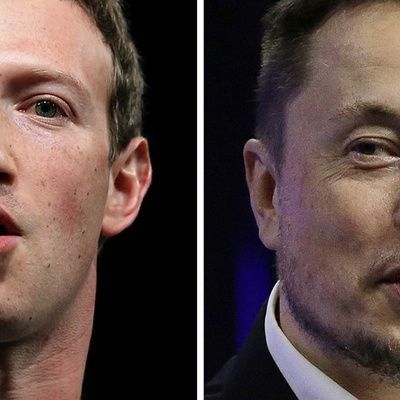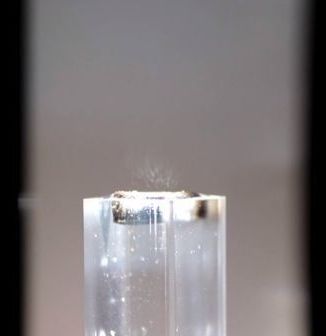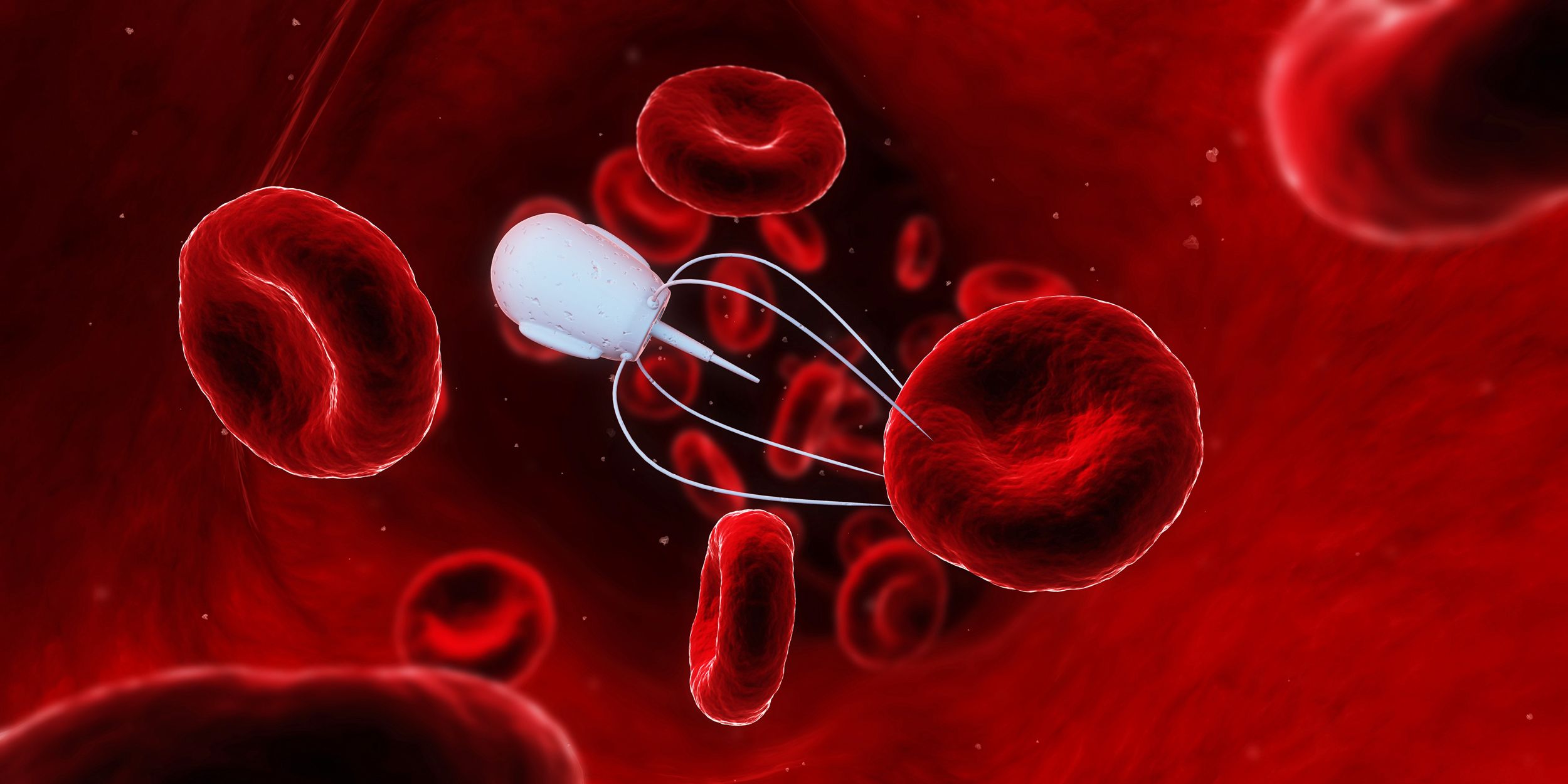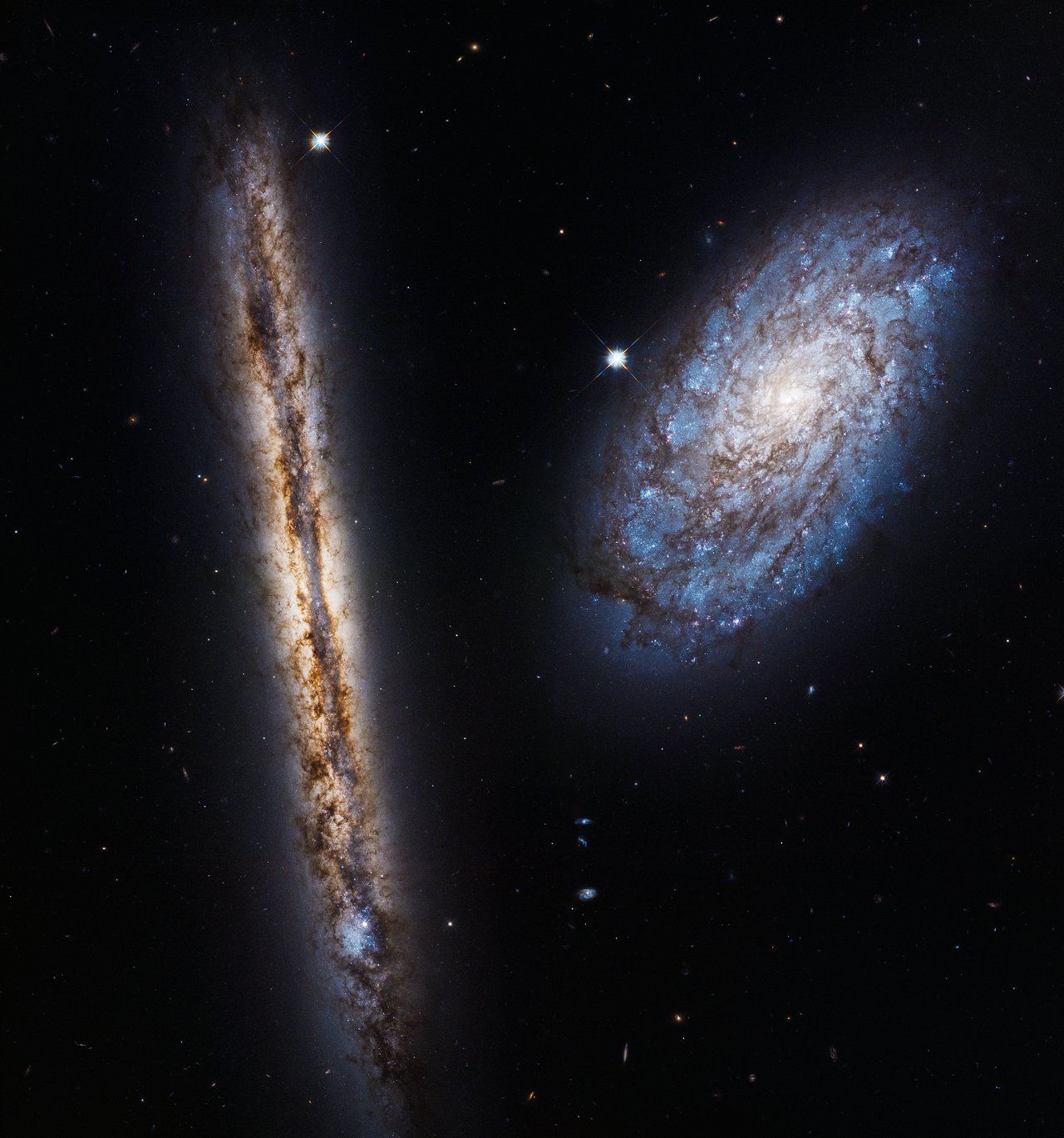Apr 3, 2018
Musk and Zuckerberg Are Fighting Over Whether We Rule Technology—Or it Rules Us
Posted by John Gallagher in categories: food, sustainability
In the public imagination, the Amish are famous for renouncing modern technology. In truth, many Amish farms hum with machines: milk vats, mechanical agitators, diesel engines, and pneumatic belt sanders are all found in their barns and workshops.
The Amish don’t actually oppose technology. Rather, the community must vote on whether to adopt a given item. To do so, they must agree almost unanimously, says Jameson Wetmore, a social science researcher at Arizona State University. Whereas the outside world may see innovation as good until proven otherwise, the Amish first decide whether a new technology might erode the community values they’re trying to preserve. “It is not individual technologies the concern us,” one Amish minister told Wetmore, “but the total chain.”
It’s an idea that is resonating in Silicon Valley these days, where a debate over technology and its potential unintended consequences is cleaving the industry into rival camps—each with a tech titan as its figurehead.
Continue reading “Musk and Zuckerberg Are Fighting Over Whether We Rule Technology—Or it Rules Us” »



















